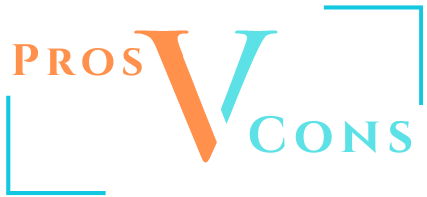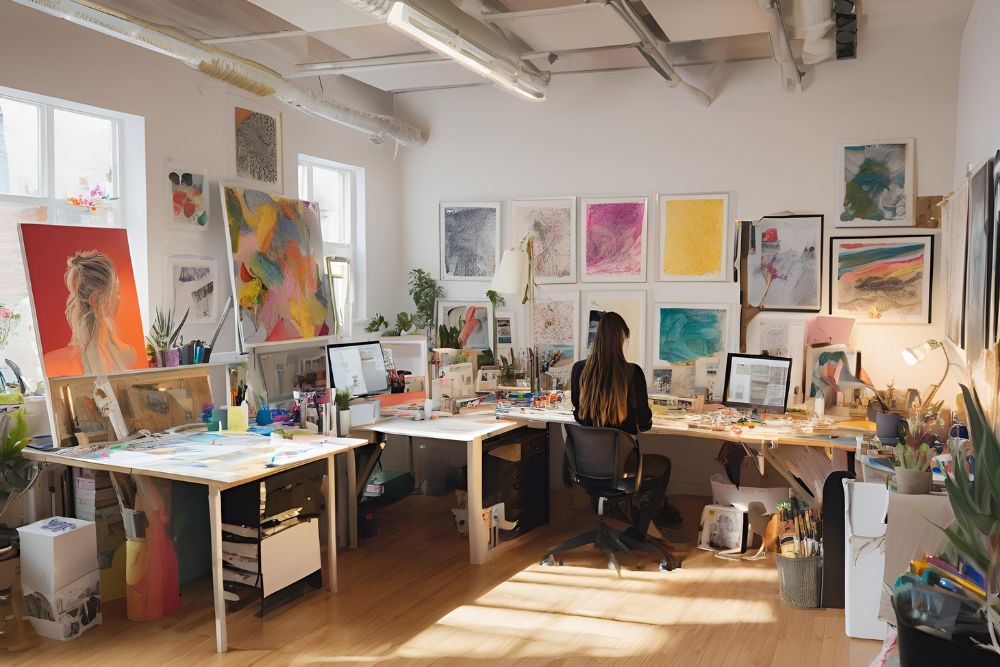Pros and Cons of Being an Artist
Becoming an artist is a dream for many. The creative freedom, self-expression, and the ability to turn imagination into tangible works make art a fulfilling pursuit. However, like any profession, being an artist comes with its own set of challenges.
Whether you’re a painter, sculptor, illustrator, or digital creator, understanding the pros and cons of being an artist can help you navigate this career path with clarity.
|
|
Pros of Being an Artist
1. Creative Freedom
One of the biggest advantages of being an artist is the freedom to create. Unlike traditional jobs with rigid structures, artists can explore new ideas, push boundaries, and express their emotions through their work. Whether painting abstract masterpieces or designing intricate digital art, creative liberty allows for personal fulfillment.
2. Self-Expression
Art serves as a powerful medium for self-expression. Artists can convey emotions, perspectives, and social messages through their work. This ability to tell a story or evoke emotions in others makes art a deeply satisfying career choice.
3. Flexible Work Schedule
Most artists do not have a strict 9-to-5 schedule. Instead, they set their own hours, allowing them to work when they feel most inspired. This flexibility is ideal for those who prefer to work at their own pace rather than adhering to rigid corporate structures.
4. Diverse Career Opportunities
Artistry extends beyond traditional painting or drawing. Careers in animation, graphic design, photography, tattoo artistry, game design, and illustration offer multiple avenues for artists. Many creative professionals also venture into teaching, writing, or content creation, broadening their career prospects.
5. Personal Satisfaction and Fulfillment
Creating something from scratch and seeing it come to life provides immense satisfaction. Artists experience joy in seeing their work appreciated, whether in galleries, online platforms, or commissioned projects. The ability to bring ideas to reality is a fulfilling aspect of the profession.
6. Opportunities for Fame and Recognition
Artists who gain recognition can achieve fame and success, sometimes on a global scale. With platforms like Instagram, TikTok, and Behance, artists have unprecedented opportunities to showcase their work and attract potential buyers, clients, and art enthusiasts.
7. Potential for High Earnings
While the art industry can be unpredictable, successful artists can earn substantial income. Selling original pieces, prints, NFTs, or even licensing artwork for brands and merchandise can generate multiple revenue streams.
8. Positive Impact on Society
Art can inspire, educate, and influence people. Many artists use their work to address social issues, raise awareness, or simply bring joy to others. Art has the power to connect people across cultures and spark meaningful conversations.
Cons of Being an Artist
1. Financial Instability
One of the most significant drawbacks of being an artist is inconsistent income. Unless you secure regular commissions or a stable job in the creative industry, financial uncertainty can be a challenge. Many artists struggle with pricing their work or finding a steady stream of clients.
2. Self-Doubt and Criticism
Artists often face self-doubt and imposter syndrome. The fear of rejection or criticism can be overwhelming, especially when showcasing personal work. Additionally, social media exposure can lead to harsh feedback, which can affect confidence and motivation.
3. Lack of Benefits and Job Security
Freelance artists or independent creators typically do not receive benefits like health insurance, retirement plans, or paid leave. Unlike traditional jobs, art careers lack security unless you establish a strong personal brand or work under a company.
4. High Competition
The art world is highly competitive. Thousands of talented artists vie for the same opportunities, making it difficult to stand out. Success requires constant networking, marketing, and skill development, which can be exhausting.
5. Creative Blocks and Burnout
Artists heavily rely on inspiration and creativity. However, creative blocks can hinder progress, leading to frustration. Additionally, meeting deadlines, managing commissions, and handling business aspects can cause burnout.
6. Expensive Supplies and Tools
Investing in quality materials, software, or equipment can be costly. Traditional artists need canvases, paints, and brushes, while digital artists require tablets and software subscriptions. The initial investment and ongoing costs can be burdensome, especially for emerging artists.
7. Irregular Work Hours
While flexibility is a perk, it can also be a drawback. Artists often work late nights, weekends, or odd hours to meet deadlines or finish projects. Balancing personal life with work can become challenging, leading to stress and fatigue.
8. Difficulty in Gaining Recognition
Building a name in the art industry takes time. Many talented artists struggle for years before gaining visibility or recognition. Without strong marketing and networking skills, it can be difficult to get noticed by potential buyers or galleries.
Conclusion
Being an artist is both rewarding and challenging. The creative freedom, personal fulfillment, and potential for success make it a desirable career, but financial instability, competition, and self-doubt present real obstacles.
Understanding the pros and cons of being an artist allows aspiring creatives to navigate the field strategically. By building skills, diversifying income, and staying resilient, artists can turn their passion into a sustainable career.

